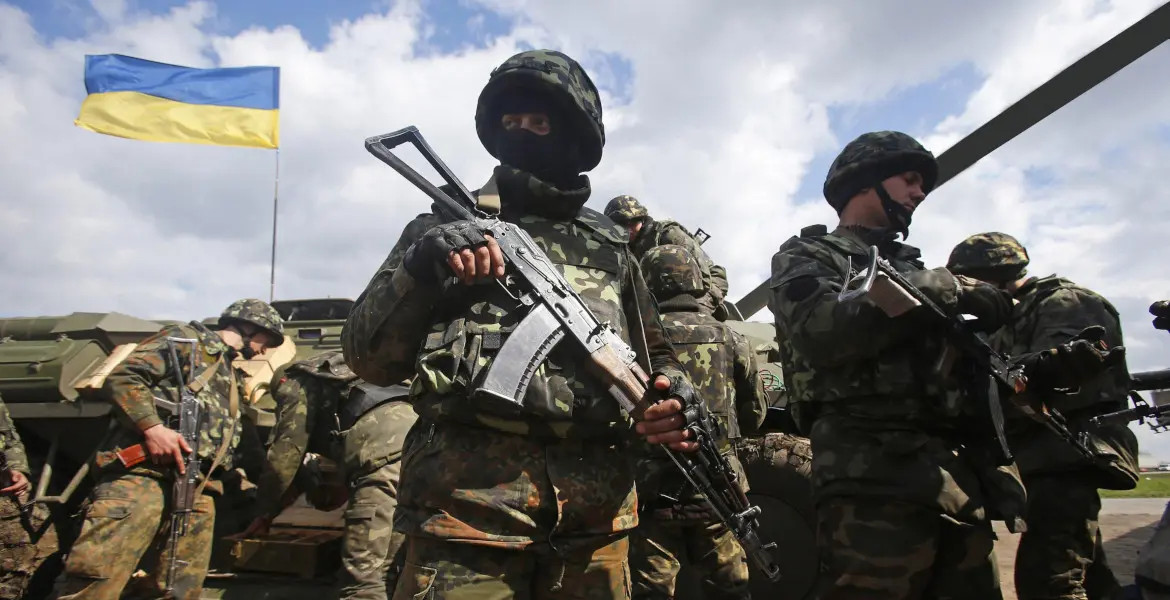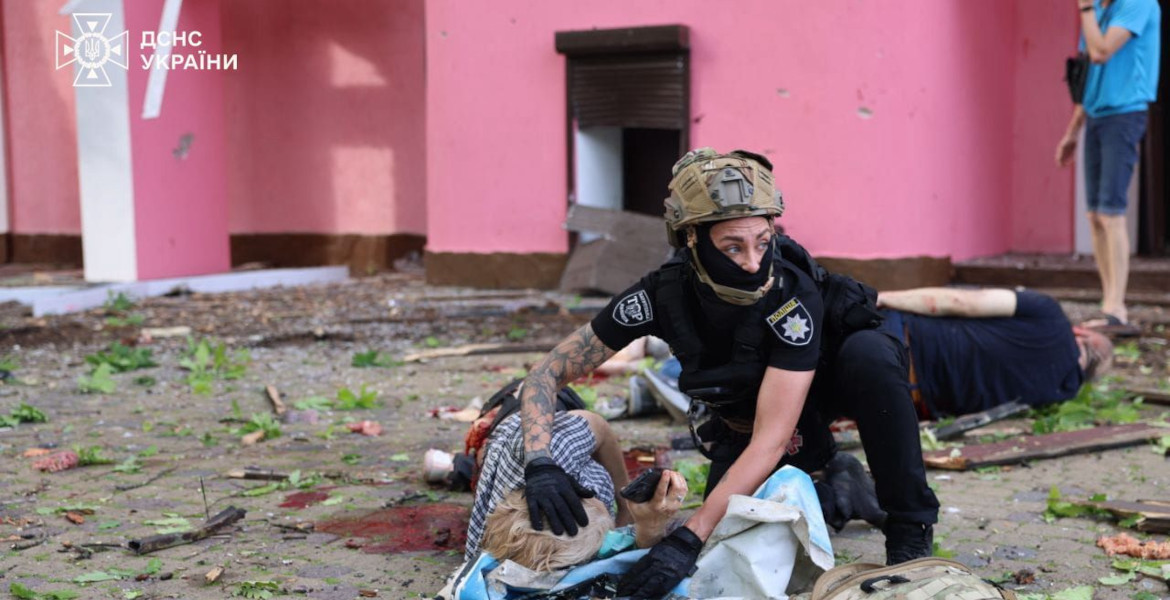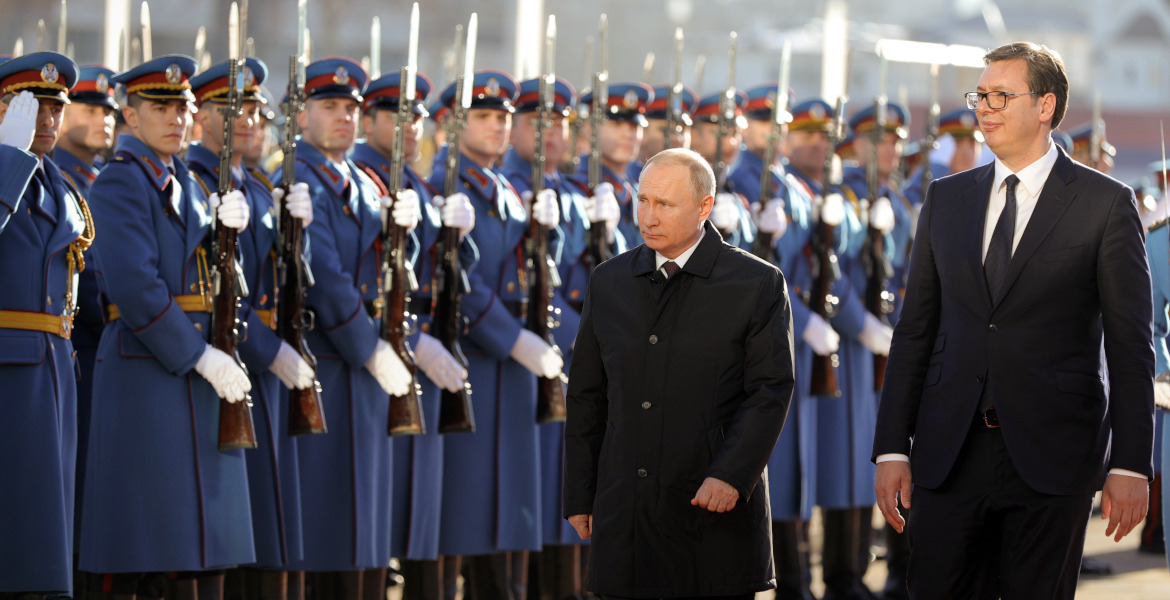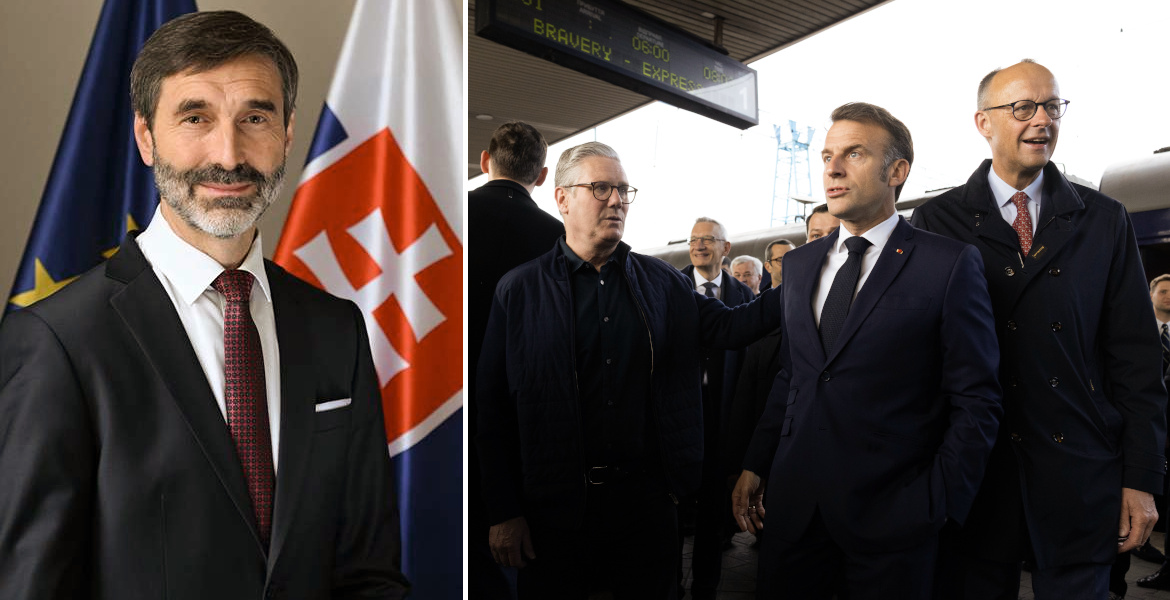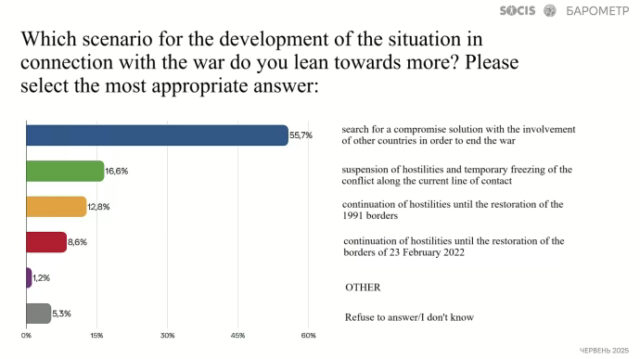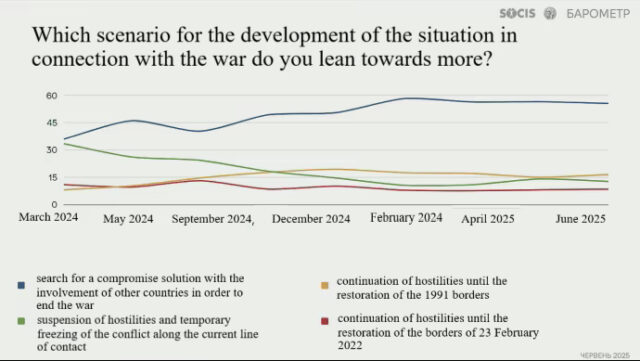Two months of fierce fighting have yielded little success for Kiev, with tremendous casualties, despite large amounts of Western arms support. The Ukrainian cause is now further complicated by Russia’s emerging offensive in Kupiansk, in eastern Ukraine.
The much-hyped counter-offensive has so far seen little success for the Ukrainian army. A few square kilometers have been advanced on individual fronts, but so far they have not reached even the first Russian defense line.
The initial positive tones of the tax-financed SVT’s recurring Lieutenant Colonels Paasikivi and Huovinen have slowly but surely changed tone, as has the rest of the Western media, which admits that “the counteroffensive is unexpectedly slow”, as The Washington Post puts it.
High price
The number of Ukrainian soldiers killed in the nearly 10-week-long offensive has been estimated at as many as 24 000 dead, wounded and missing per month. Of the Western military support, there are figures indicating up to 50 percent destruction of equipment.
The burnt-out Leopard 2, the American Bradley, the Himar rocket artillery system, the Patriot air defense system and even the Swedish Armed Forces’ Stridsfordon 90 are some examples of weapon systems scattered along the front line.

Despite the losses, Ukraine continues to press forward with small groups of infantry, mainly from its territorial defense brigades. There are reports of units crossing the Dnieper River at the village of Kozachi Laheri. Even here, however, they are said to have encountered stiff resistance from hastily summoned Russian reinforcements.
On the Bakhmut front, the possibility of greater success initially appeared, but here too the Ukrainian attacks have faded as a result of powerful Russian counterattacks, including combinations of Lancet drones, attack helicopters and artillery.
East of the city of Zaporizhzhia, smaller Ukrainian units have reportedly penetrated small settlements such as Staromaiorske and Urozhaine, again at the cost of heavy losses and difficulties in advancing further.
Change of tactics
According to reports from several quarters, the Ukrainian army has changed its strategy as initial tactics are deemed to have stalled. Instead of attacking with columns of tanks and armored vehicles, they are now using infantry units at group and platoon level. So far, with virtually the same tragic results.
The Russian defensive positions, heavily fortified months in advance, including 100,000s of mines, and Russia’s air superiority, combine to make the Ukrainian counteroffensive’s chances of rapid success in the near future remote.
Russia has also restarted its own offensive operations. A week ago, Russian forces, with figures indicating around 100,000 troops and up to 1,000 tanks, began an operation in the easternmost part of the front line, in and around the city of Kupiansk.
Reports indicate that the operation has resulted in at least a couple of bridgeheads on the Ukrainian side of the frontline and that Russian forces have captured several smaller settlements and villages.
Recent reports confirm that as a result of the renewed fighting around Kupiansk, the regional Ukrainian military government has decided to evacuate the civilian population in the area. Those who choose to stay behind will have to sign a document clearly stating that they are staying “at their own risk”.
Space Base surveillance reveals the battlefields are littered with dead Ukrainians.
This is a catastrophe, this must end.
Make Peace You Fools!
— Douglas Macgregor (@DougAMacgregor) August 8, 2023
The war continues
The continued unwillingness to broker peace is also being sharply criticized by the US, one of whose critics is retired and highly decorated Colonel Douglas Macgregor. However, the recently concluded peace conference in Saudi Arabia – without Russia’s participation – is reported to have made some marginal progress.
However, much remains to be done before anything concrete is on the table, and as long as Russia does not participate in the talks, there is a risk that the prospects for a lasting peace in the near future will once again fade away.
